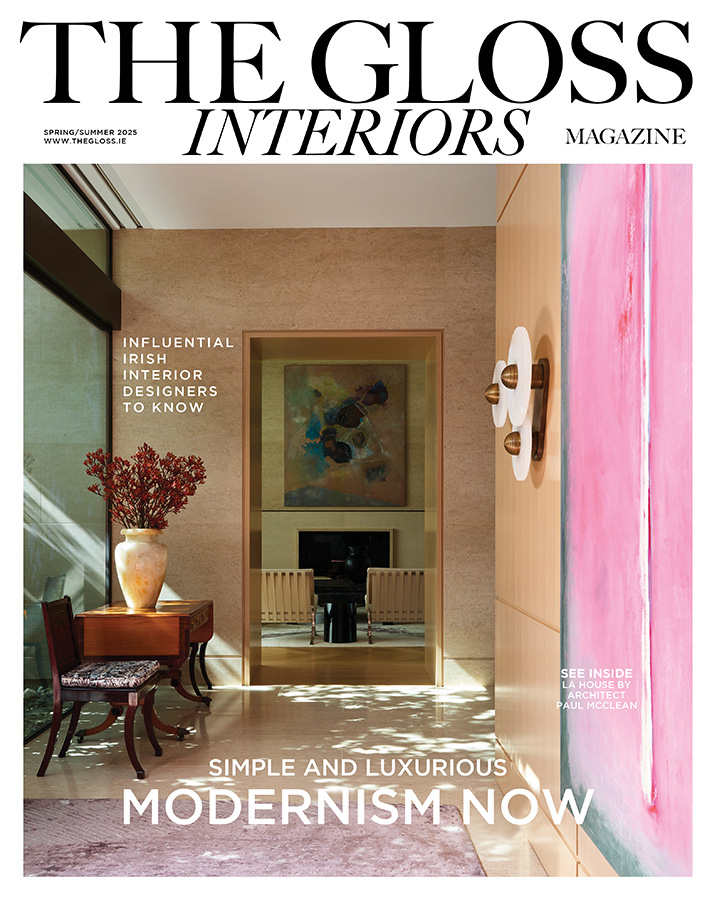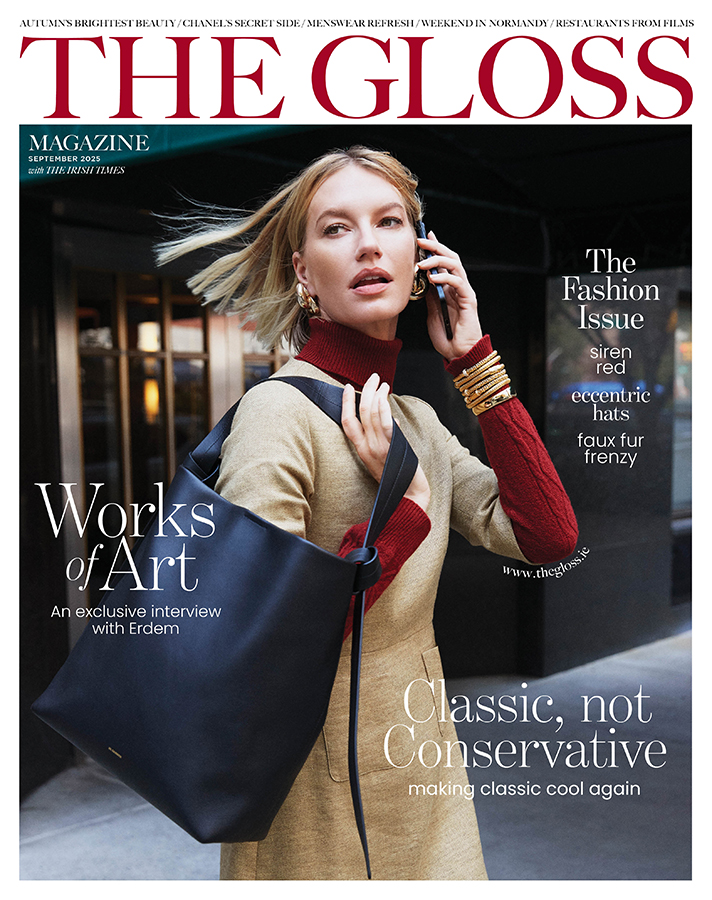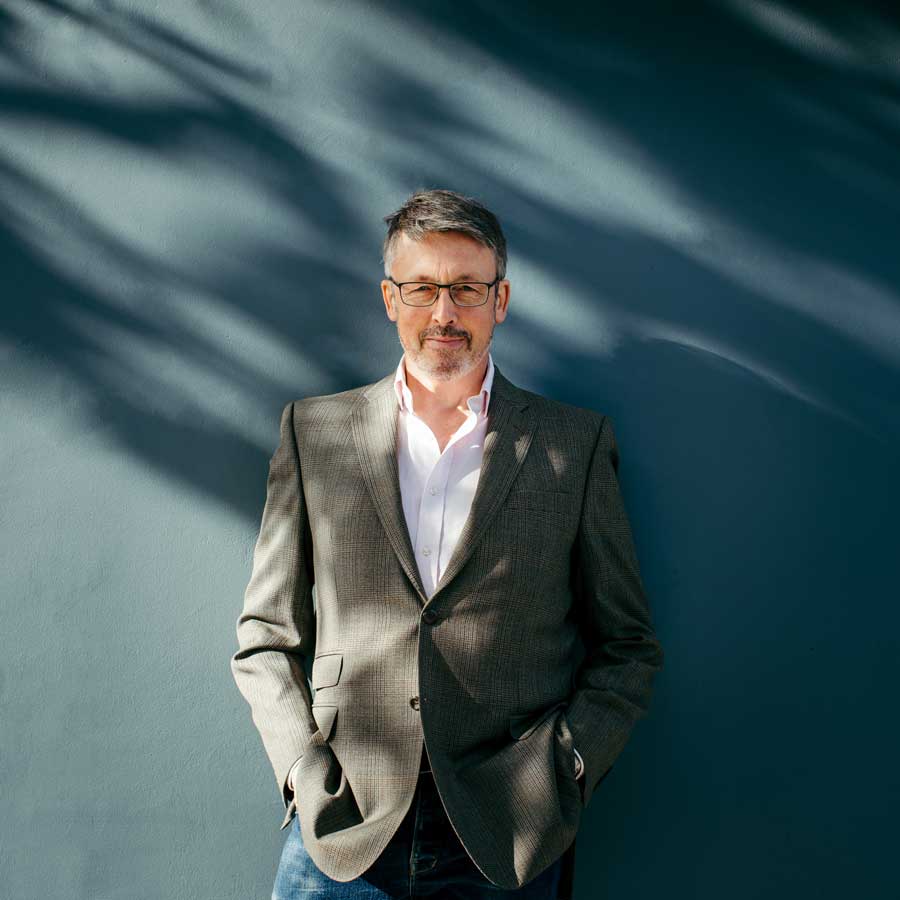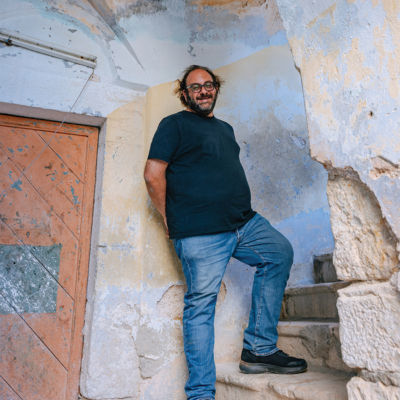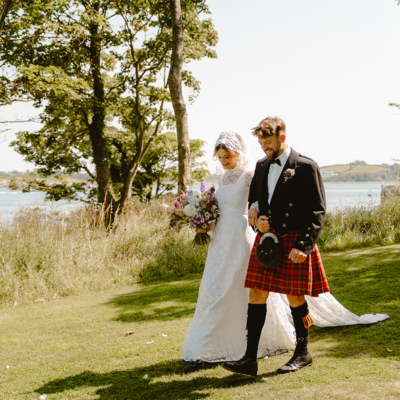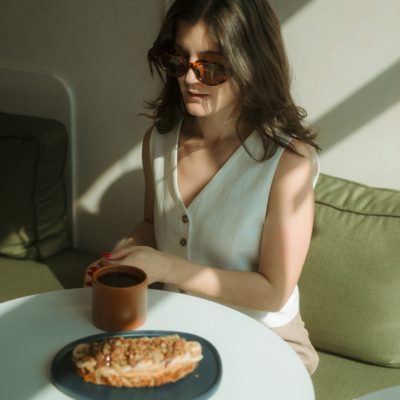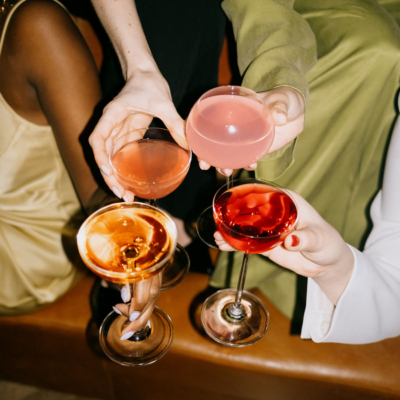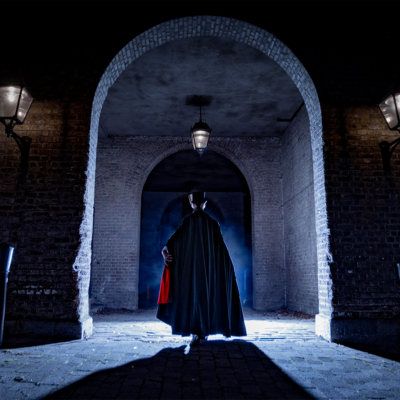From Belfast to Buckingham Palace, the sustainable royal florist known for his eco credentials and as a floral alchemist, talks exclusively about flowers, faux pas and famous clients …
A royal warrant holder and psychology graduate, the Northern Irish-born Shane Connolly famously did the wedding flowers for Prince William and Catherine, Duchess of Cambridge in 2011. “Everything had to be significant rather than opulent and wasteful. Seasonal, British and meaningful was the brief.” It could also be the mantra of Connolly’s eponymous business, founded in 1989. Other prestigious clients include Vogue, the V&A Museum and The Royal Academy of Arts. He has a predisposition for using “growing things” and flowers that are beautiful for their own sake rather than maximalist concepts. Connolly is proud to be the trustee of Floral Angels which donates flowers to be used in hospices or women’s refuges. He has written five books, the most recent being Discovering The Meaning of Flowers, Love Found, Love Lost, Love Restored.
Connolly talks exclusively to THE GLOSS and gives his tips for wedding flowers, tablescaping at home and why he loves to incorporate symbolism into his designs.

A lecture-demonstration at St Mark’s Episcopal Cathedral, Seattle.
How did you develop a love of flowers? It was nurtured from a love for growing things and gardens. Flowers were a by-product of that. Growing up in Belfast, my mother was always cutting things in the garden for the house. And I knew the best way to her heart was flowers! She also did flowers in the church, so I suppose that was the initial thing.
Who inspires you in the industry? I’ve had several key mentors, who I met through family friends, including the great floral decorators (as flower designers were called then) Michael Goulding and Elizabeth Barker. They let me carry buckets for them at several events they flowered, and that ignited the thought that I might do this too. Then they managed to get me a job at the world famous company, Pulbrook & Gould on London’s Sloane Street. There have been many more mentors and kind clients along the way, who have believed in me and trusted me too. David Austin, the rose breeder, particularly stands out. At Ballintubbert Festival of Gardens and Nature last year, I chatted to Emily Thompson – one of the most inspirational floral artists in the world today – about what inspires us and keeps us going (apart from gin!), and Irish flower farmer Fionnuala Fallon about sustainability in the flower industry.
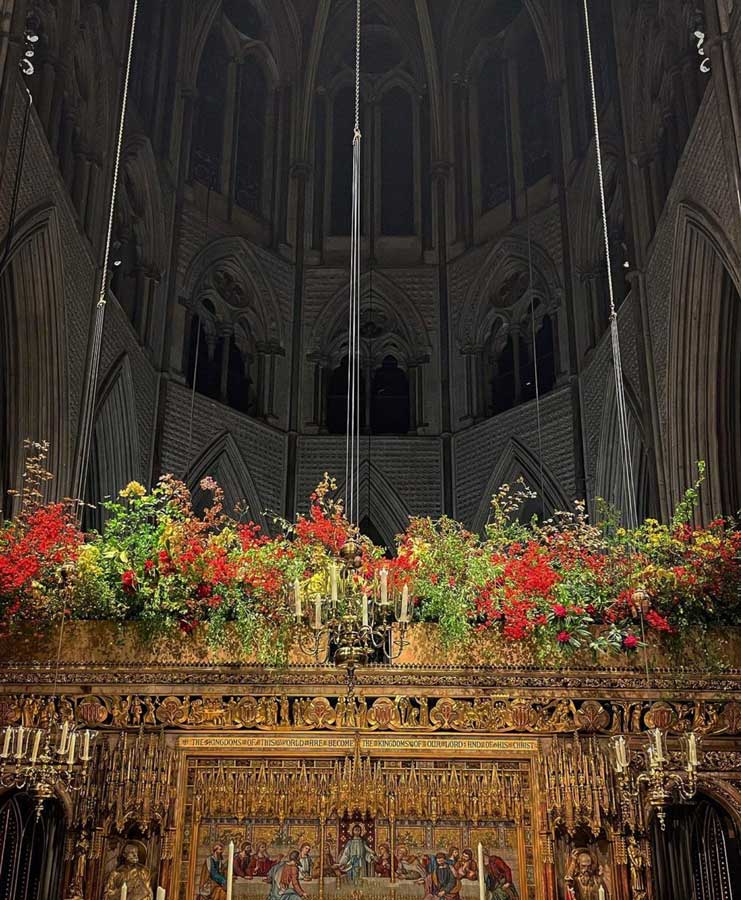
King Charles III Coronation in Westminster Abbey.
How did it feel to design the flowers for King Charles III’s’ coronation? I was so proud to be asked to do those flowers. An Irishman adding flowers to a coronation, who would have have thought? Although Constance Spry, who did the flowers for Queen Elizabeth’s coronation in 1953, also considered herself somewhat Irish, having spent much of her youth and early adulthood in Ireland.

A spring wedding in London.
What’s the busiest time of year for you? Wedding season. My advice to any bride is to find a florist whose work you admire; set a budget and a look; and then leave them to get on with it! Trust, rather than micro-managing, is the way to get the best results. And don’t be too reliant on images – they can lead to disappointment. I love to incorporate symbolic flowers into arrangements, especially when it’s a wedding or funeral. But it can add so much to the special-ness of a day. The Prince and Princess of Wales’s wedding in 2011 was all about the symbolism and meaning of the flowers, which leaves an extraordinary memory. Sometimes, it’s only one particular flower that’s needed. Or a leaf: a single ivy leaf symbolises friendship, while a strand of ivy symbolises a happy marriage and continued friendship.
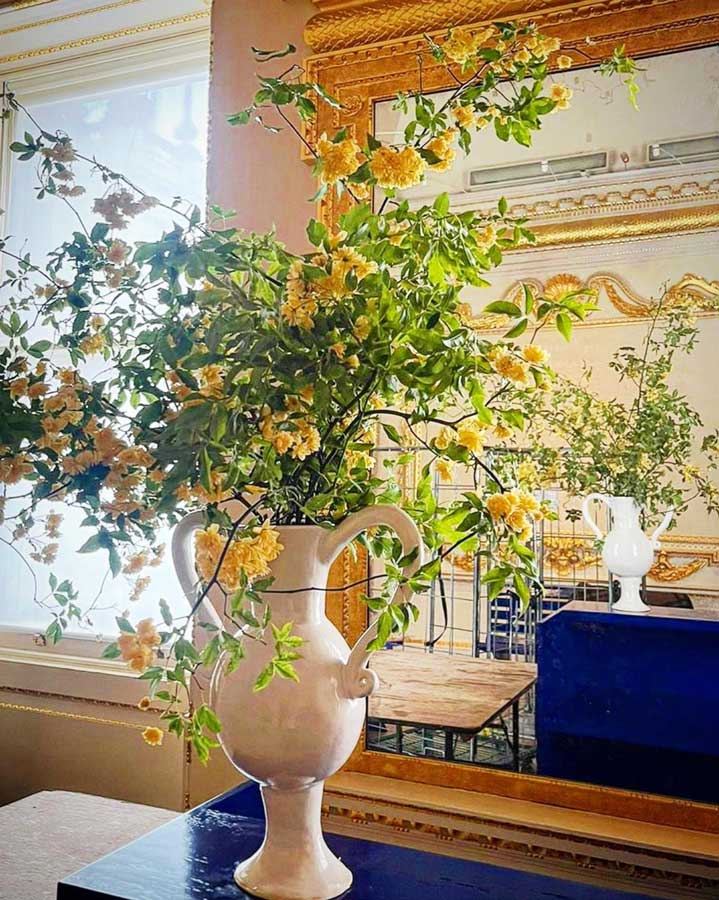
The Royal Academy of Arts.
What does sustainable floristry involve? To me, the simplest thing one can do is to avoid single-use plastics and floral foam is a pernicious single-use plastic. We haven’t used it since about 2012. Substitutes appear, but they all carry sustainability issues, so we use that old fashioned mechanic – water! That means that we use waterproof containers and chicken wire or twigs to hold it all in place. The flowers for the coronation were all arranged in florists’ buckets full of water. The other side of sustainable floristry is, of course, the flowers themselves. Sourcing them as locally and seasonally as possible is the way forward. Green flowers with a low carbon footprint are trending. It makes such sense and stitches us back into the cycle of the year, with flowers coming and going, and looking forward to favourites. Just as our ancestors did by necessity.
Do you get to spend time in your own garden? When I started my own garden 30 odd years ago, I didn’t plant roses as they’d always flower when I was busiest in the summer, so I thought I wouldn’t get to enjoy them. Now that I’m older, I’m planting roses for my retirement! All of them are old varieties and species roses, apart from one Constance Spry. I had to, didn’t I?
How do you feel about foraging? If it’s from your own land, garden or a friendly neighbours, then it’s ok. But if it’s stopping your car in the countryside and filling it up for your wedding, then I have to discourage that! Having said that, if you ask permission people seldom refuse. During cow-parsley season, country lanes are filled with its frothy white flowers, which are a joy to use in flower arrangements.
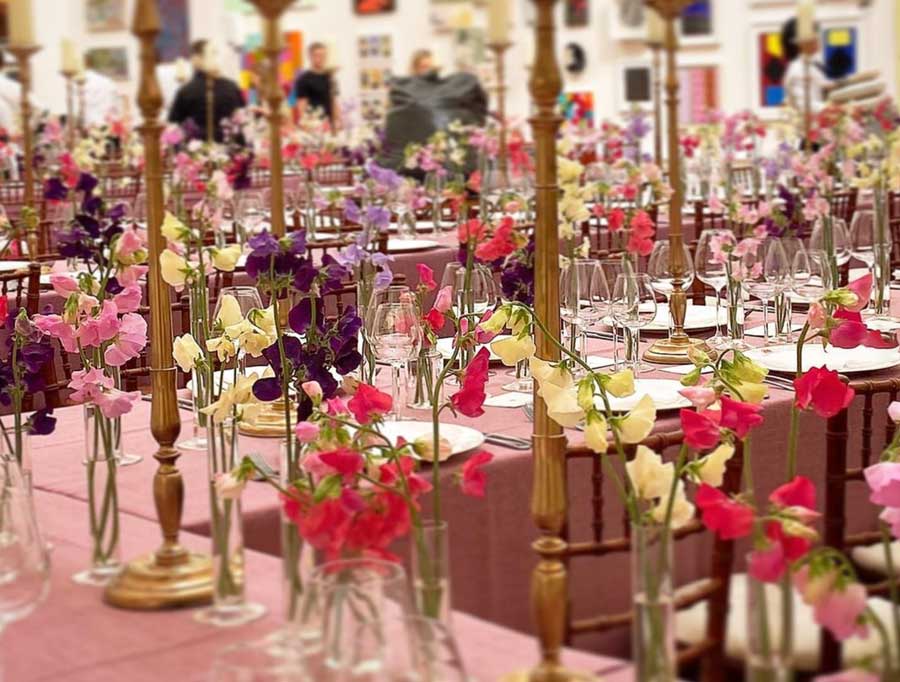
The Royal Academy of Arts’ Annual Dinner.
What’s your advice to hostesses who want to tablescape at home? Keep it simple, for God’s sake! I recommend plants if you’re very busy like little spring bulbs in old pots or china. Get a collection of small vases or bottles and make a tablescape with flowers cut in the garden. Or bowls of fruit if you want to be clever. A bowl of blackberries in autumn or blackcurrants in summer cannot be more beautiful. And re-cyclable too!



